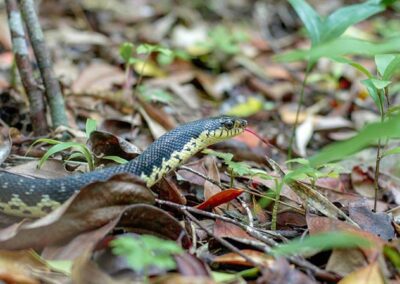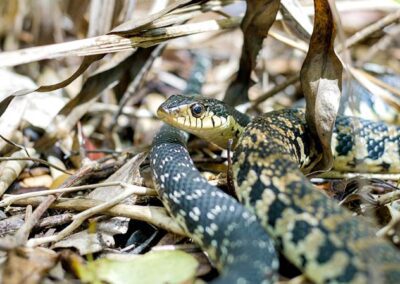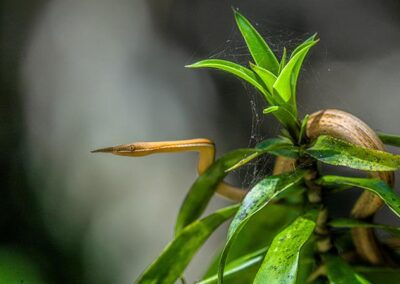Snakes of Madagascar.
A comprehensive exploration of Madagascar’s unique snakes.
Madagascar, often celebrated for its incredible biodiversity, is a sanctuary for some of the most fascinating and unique snake species on the planet. From the stealthy Boa acrantophis, a ground-dwelling predator, to the arboreal elegance of the Boa Sanzinia, these reptiles are a testament to the island’s evolutionary wonders. Equally captivating are the Langaha madagascariensis, with its leaf-like snout perfect for blending into the forest canopy, and the industrious Leioheterodon madagascariensis, known for its digging prowess and ecological importance. Together, these snakes not only highlight the rich tapestry of Madagascar’s wildlife but also play vital roles in maintaining the island’s delicate ecological balance. Each species brings its own story of adaptation, survival, and beauty, making Madagascar a must-visit destination for wildlife enthusiasts and conservationists alike.


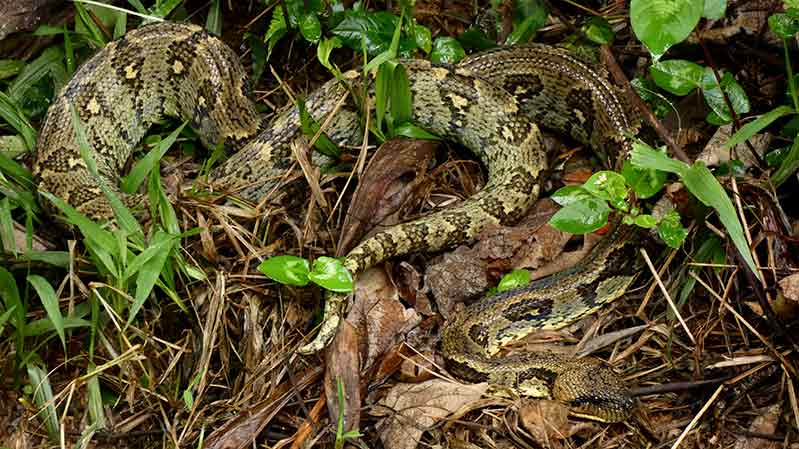
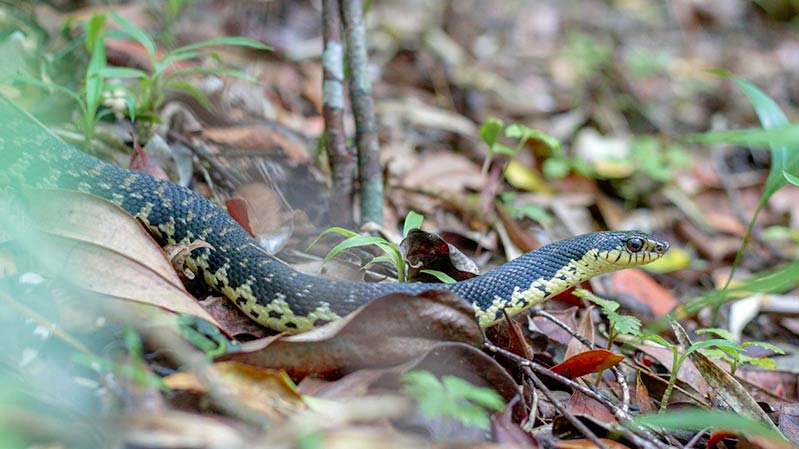

Madagascar hosts a remarkable diversity of snake species,
with many found nowhere else in the world. Among them, Leioheterodon madagascariensis, also known as the Madagascar hog-nosed snake, stands out for its unique digging behaviour and ecological role. This ground-dwelling snake has an upturned snout, a physical adaptation that allows it to burrow through sandy soil in search of prey. Its diet includes amphibians, insects, and small mammals, making it an effective pest controller in its habitat. Found in dry forests, grasslands, and agricultural areas, this non-venomous snake plays a significant role in aerating the soil and maintaining ecological balance. While it is generally docile, it may bluff by hissing or flattening its body when threatened, displaying a fascinating defence mechanism.
Madagascar leaf nosed snake,
Another striking species is Langaha madagascariensis, commonly known as the leaf-nosed snake. This arboreal reptile is renowned for its extraordinary snout, which resembles a leaf or twig. The shape and texture of the snout differ between males and females, with males typically having a rougher, more pronounced projection. This snake’s adaptation provides exceptional camouflage, blending perfectly with the branches and leaves of its forested habitat. Langaha madagascariensis is a slow-moving predator that primarily feeds on lizards, using its excellent concealment skills to ambush prey. Its mysterious appearance and behaviours make it a fascinating subject of study for herpetologists and wildlife enthusiasts alike.
The Boa acrantophis,
or Madagascar ground boa, is one of the island’s largest snakes, growing up to three metres in length. This powerful constrictor is a master of ambush hunting, using its robust body to coil around and subdue prey such as small mammals, birds, and reptiles. Preferring humid environments like rainforests and mangroves, the ground boa often relies on its exceptional camouflage to avoid detection by predators and prey alike. Despite its formidable hunting skills, this species faces significant threats from habitat destruction and the illegal pet trade, making conservation efforts essential for its survival. Its slow reproduction rate adds to the challenges in maintaining stable populations.
The Boa Sanzinia,
also known as the Malagasy tree boa or Sanzinia madagascariensis, is another impressive constrictor native to Madagascar. Unlike the ground boa, this species is arboreal and thrives in rainforests near water sources. Sanzinia madagascariensis displays remarkable colour variations, with individuals ranging from green to brownish hues, providing effective camouflage among tree branches. Its diet primarily consists of birds, bats, and small mammals, which it captures by hanging from branches and striking with precision. The tree boa plays a crucial role in controlling prey populations within its ecosystem, but it too faces threats from deforestation and human encroachment. Conservation programmes and ecotourism initiatives are vital to protecting this unique snake and preserving its habitat for future generations.






